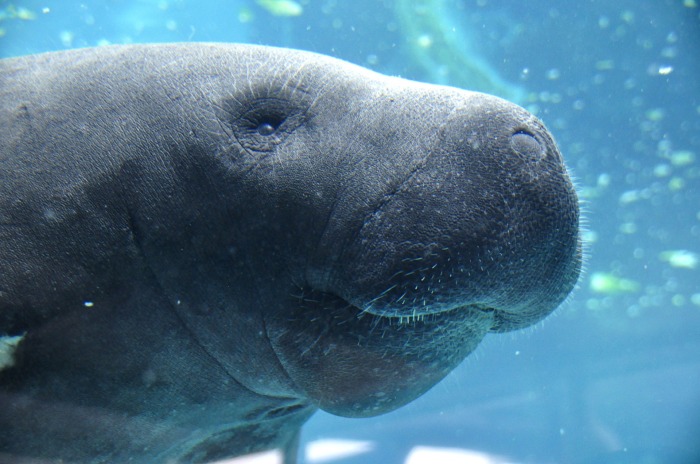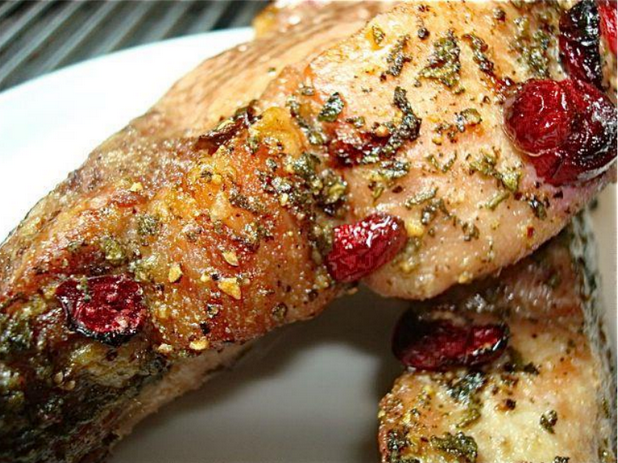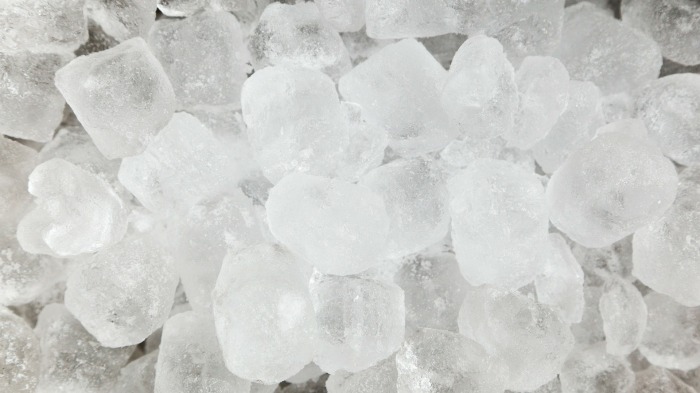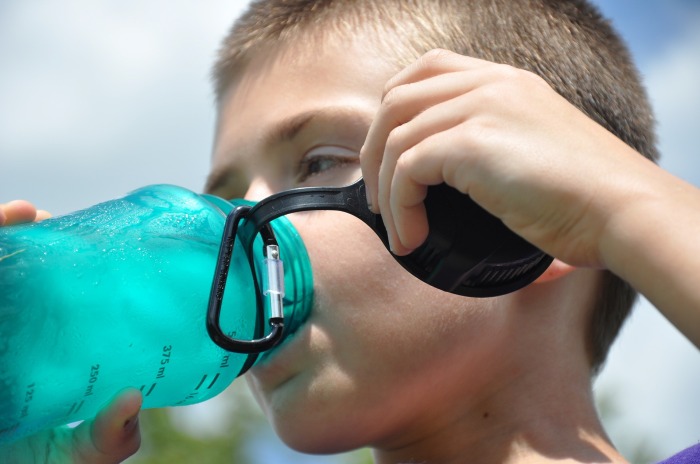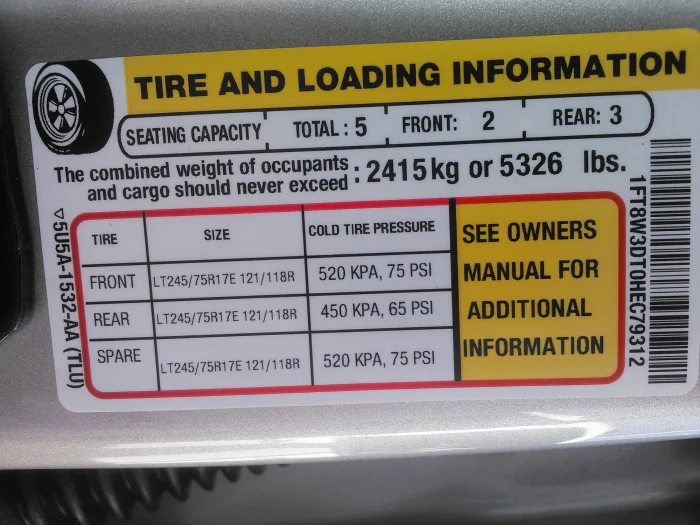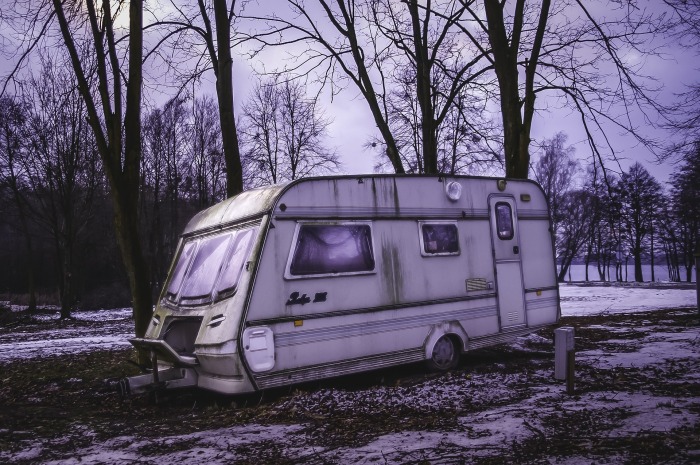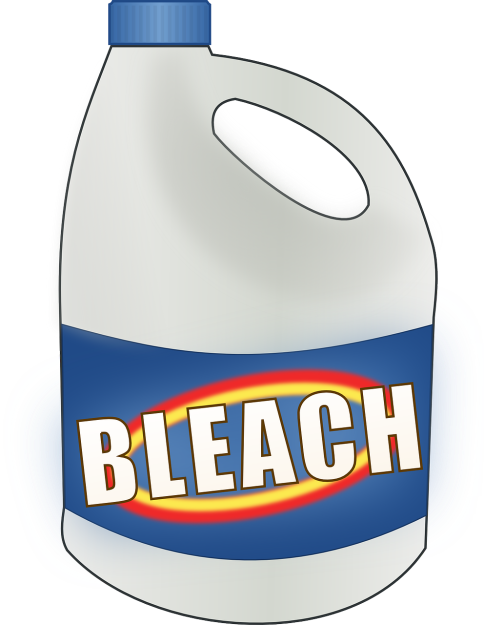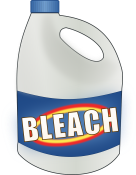Winter isn’t officially here for a few more weeks, but the mercury is dropping and most regions have already received their first snowfall. Some of our customers prefer to stay home bundled up in the winter, but we know we still have a few hardcore campers who want to take the family out and camp all winter. So whether you want to go tent camping or take out the travel trailer, we’ve got some tips for you. Some of these winter camping tips may seem obvious, but there are probably some great tips here that are new to you.
Additional gear to pack: When it’s cold outside, you’ll obviously need more, and warmer clothes. Be sure to pack layers so that you can add or remove those layers as the temperature and your activity levels change. If you are tent camping, and there might be snow, be sure to pack some snow stakes. A normal ground stake won’t hold in any snow, but a snow stake is designed to hold your tent and guy lines firmly in place, even when there is no dirt to grab onto.. Also, be sure to remember that when you are sleeping on the ground, what’s underneath is as important as what’s on top of you. So make sure you have a good sleeping pad. A PahaQue TentRug will keep your tent clean as well as provide an extra layer between you and the ground. The early sunsets also mean you’ll want to have a nice headlamp to see your way around after dark. A book or a set of playing cards can also help keep you occupied once the sun goes down.

When choosing a camping spot: Look for wind protection. A natural wind block, like trees, hills or even big boulders can cut down on the wind and make your winter camping experience a little more comfortable. You should also look for where the sun will rise and try and position your trailer or tent to catch the morning sun, so you can take advantage of those warming rays. If you are in an area with snow, be sure to watch out for trees with dead or dying branches, as the weight of the snow would be the final straw that causes those branches to break. You don’t want to be set up underneath when that happens. 
For trailer and RV campers: Consider installing heavy drapes in your rig. They will provide extra insulation to keep the warm air in and cold air out. If the temperatures are going to be much below freezing consider adding skirting to cut down on the wind underneath your camper. In extreme situations you can even put a small space heater underneath to keep those pipes from freezing. Of course you’ll also want to make sure you’ve tested your heater before you head out, and an extra bottle of propane will come in handy when your heater is going practically non stop. 
For your car, RV, or tow vehicle: One thing you should never leave without is snow chains. It’s possible you’ll pack them and never use them, but it’s always better to have them and not need them, then need them and not have them. A tow strap can be very handy as well, you can use it to rescue someone else, or to be pulled out of trouble yourself. It’s always a good idea to have some warm clothes as well as water and snacks easily accessible in the vehicle as well. Winter weather can be treacherous at times, and if you get stuck on a mountain road or in a ditch, you could be waiting quite a while for help. Food, water, and clothing can make the difference between a nightmare scenario and a merely unpleasant one. 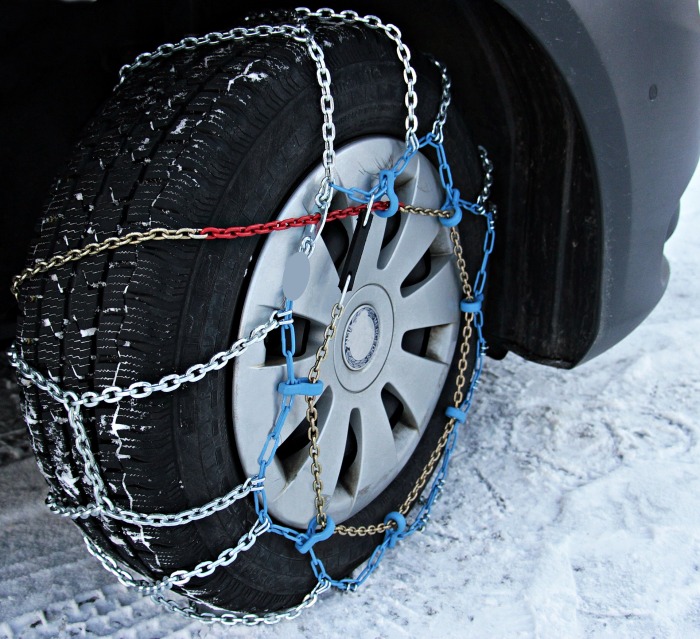
What do you think of our tips? Do you have any winter camping tips of your own? Let us know your favorite winter camping tips and tag us on us on Facebook or Instagram.
.

